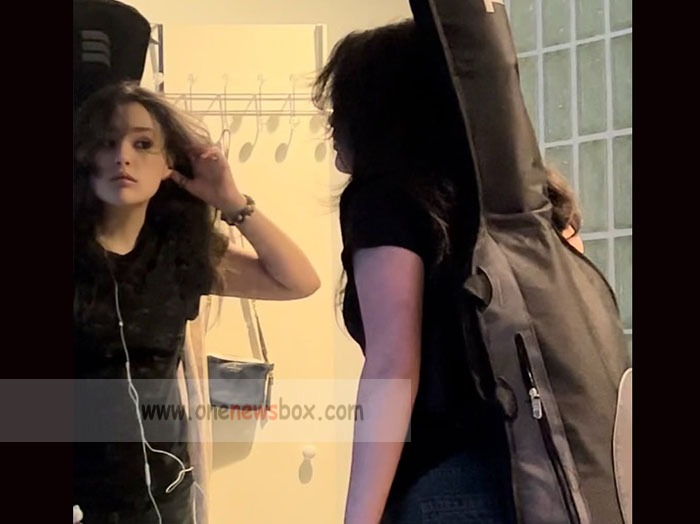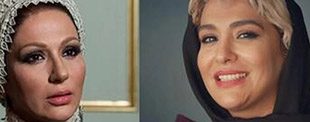
During this period, Homeyra frequently performed on the “Golhâye Rangârang” (Colorful Flowers) program, a prestigious and influential radio broadcast that featured Iran’s top musicians and poets. Her presence on the program not only established her credibility as a serious artist but also brought her voice into millions of Iranian households.
Her marriage to the celebrated violinist and composer Parviz Yahaghi deepened her connection to Iran’s musical elite. Their partnership was both romantic and artistic, resulting in several enduring works that blended Yahaghi’s emotive compositions with Homeyra’s powerful yet nuanced singing.
Evolution of Style and Artistic Identity
One of Homeyra’s defining qualities as an artist is her ability to evolve. While she began firmly rooted in Persian classical traditions, she gradually expanded into fusion and pop music, particularly in the 1970s, when Iranian music was undergoing significant modernization.
Her collaborations with Homa Mirafshar—a relative and talented lyricist—and later with Babak Radmanesh, further diversified her repertoire. These partnerships allowed her to explore themes of love, longing, exile, and spirituality in ways that resonated deeply with her audience.
Experts have often noted that Homeyra’s voice is powerful, emotional, and beautiful, capable of conveying both grandeur and intimacy. Critics coined the term “Homeraism” to describe the distinct style she pioneered, characterized by her ability to merge traditional Persian aesthetics with modern sensibilities.
After the 1979 revolution, Homeyra was dubbed the “Credit of Iranian Music” , a recognition of her role in sustaining and enriching Persian music despite political and personal hardships.
